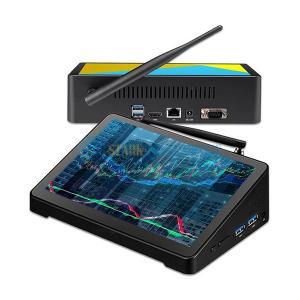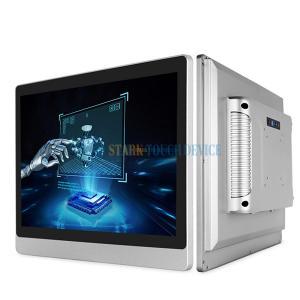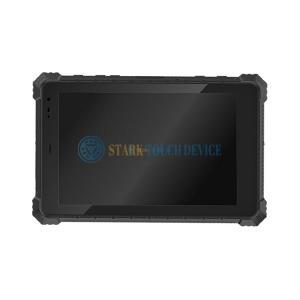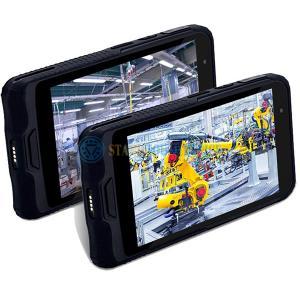Welcome STARK TOUCH DEVICE!
Solutions

Portable industrial control computer mobile monitoring
The shift toward mobile monitoring in industrial environments has accelerated the adoption of portable industrial control computers. These devices combine ruggedness, computational power, and wireless connectivity to enable real-time data collection and analysis on the move. Their role in enhancing operational visibility and decision-making spans three key areas: wireless communication capabilitieRead more
The ease of operation of desktop industrial control computers
Industrial control systems demand precision, reliability, and user-friendly interfaces to streamline operations. Desktop industrial control computers, designed for harsh environments, combine robust hardware with intuitive software to optimize workflows. Their convenience stems from three core aspects: integration flexibility, user interface design, and maintenance accessibility.Read more
Wall-mounted industrial control computer space adaptation
Wall-mount industrial control computers are designed to save floor space while providing reliable performance in environments like factories, warehouses, or energy facilities. Their compact, vertical designs demand careful planning to ensure compatibility with existing infrastructure, safety compliance, and optimal functionality. Below are critical factors to address when adapting these systems toRead more
Installation specifications for rack-mounted industrial control computers
Industrial environments demand robust computing solutions that fit seamlessly into standardized racks while delivering reliable performance under harsh conditions. Rack-mount industrial control computers are engineered to meet these needs, offering compact, scalable designs that integrate with existing infrastructure. Below are essential installation specifications to ensure compatibility, safety,Read more
Embedded industrial control computer hardware architecture
Industrial automation relies on embedded control systems that integrate specialized hardware to manage machinery, process data, and ensure operational efficiency. These systems are designed to withstand harsh environments while delivering real-time performance, low power consumption, and robust security. Below is an in-depth exploration of their hardware architecture and evolving trends.Read more


